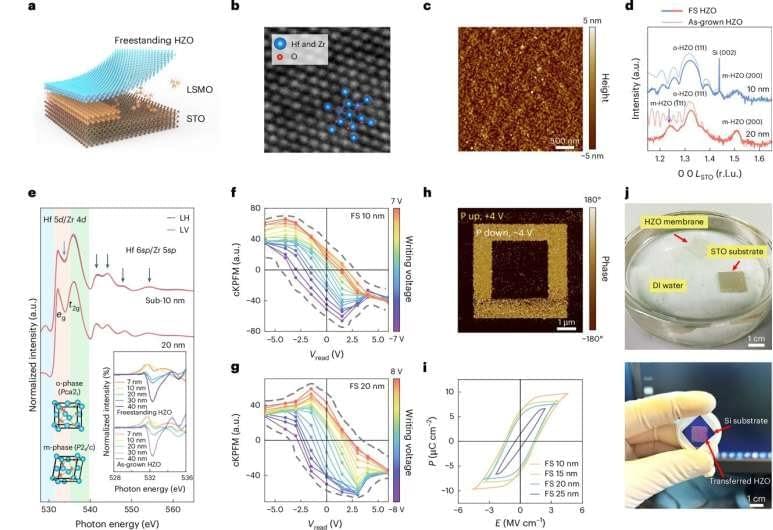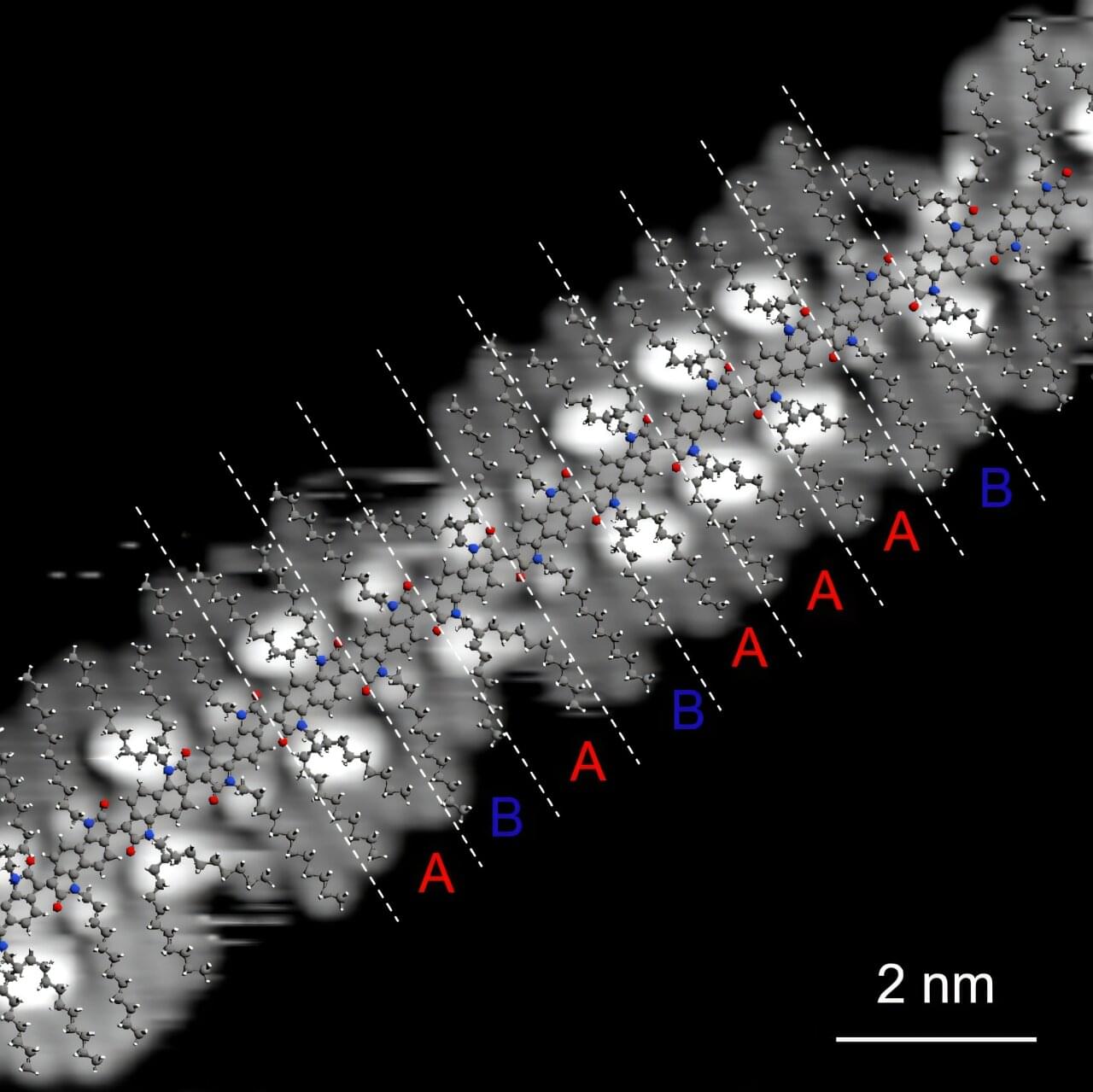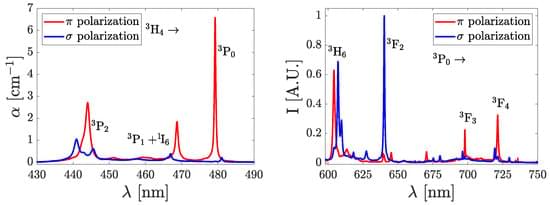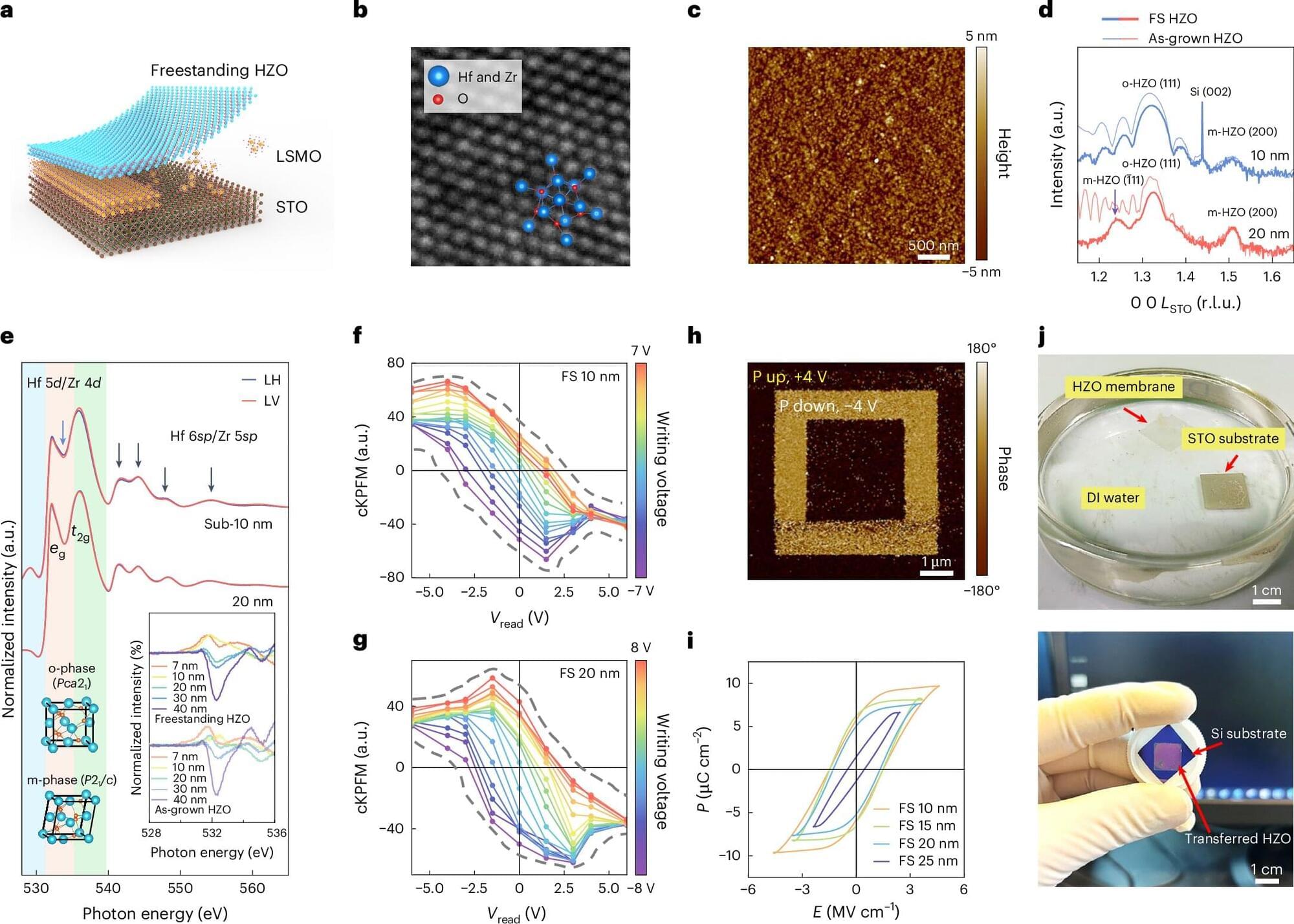In a significant advancement for nanoelectronics, an international team of researchers from National Chung Hsing University, Kansai University, and National Cheng Kung University has developed a new strategy to integrate freestanding hafnium zirconium oxide (HZO) membranes into 2D field-effect transistors (FETs). This innovation, published in Nature Electronics, promises to overcome one of the main bottlenecks in the adoption of 2D semiconductors: the lack of scalable, high-κ dielectric integration.
Why 2D Semiconductors Need Better Gate Dielectrics
Two-dimensional semiconductors like molybdenum disulfide (MoS₂) have long been heralded as successors to silicon, offering exceptional electrical properties at atomically thin dimensions. However, their commercialization in logic devices has stalled due to a critical integration challenge: embedding a gate dielectric that both insulates and enables effective gate control.









